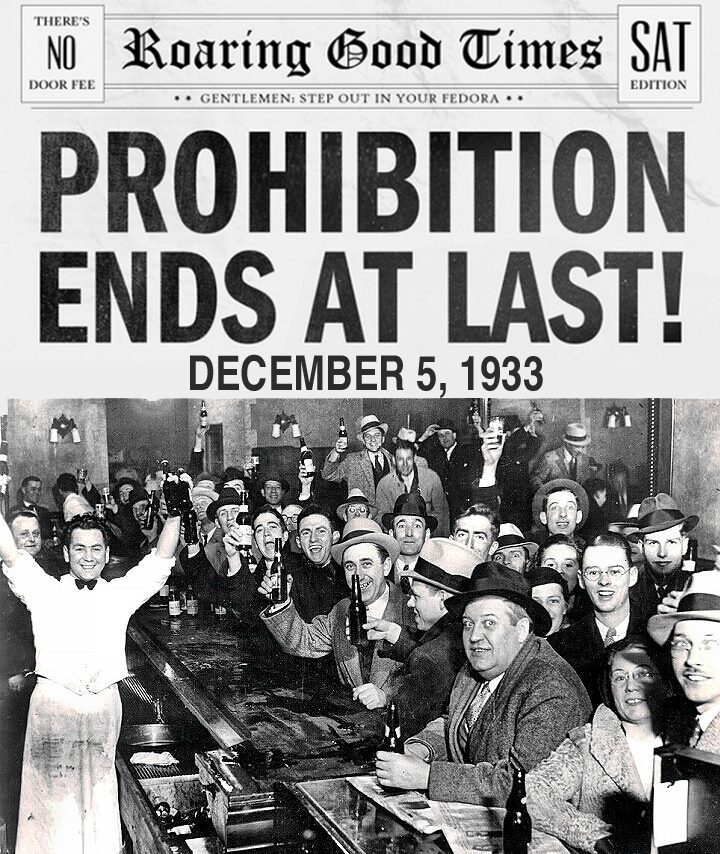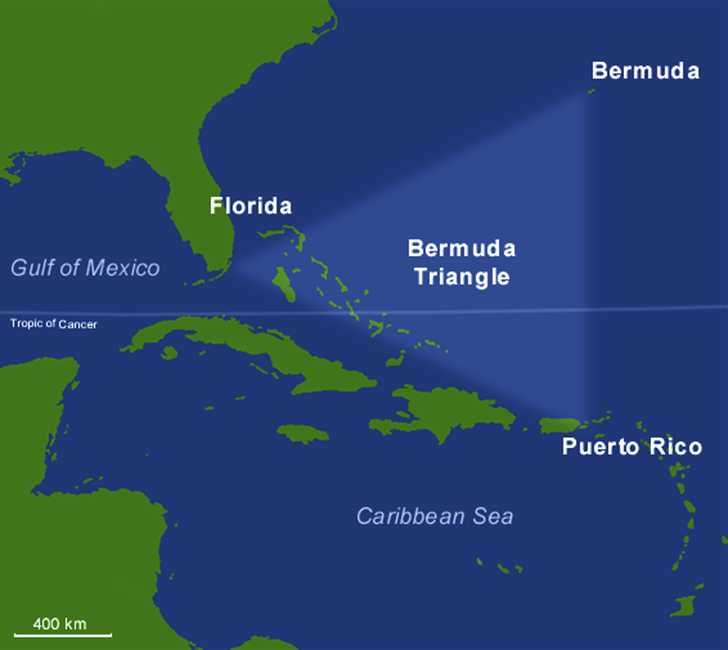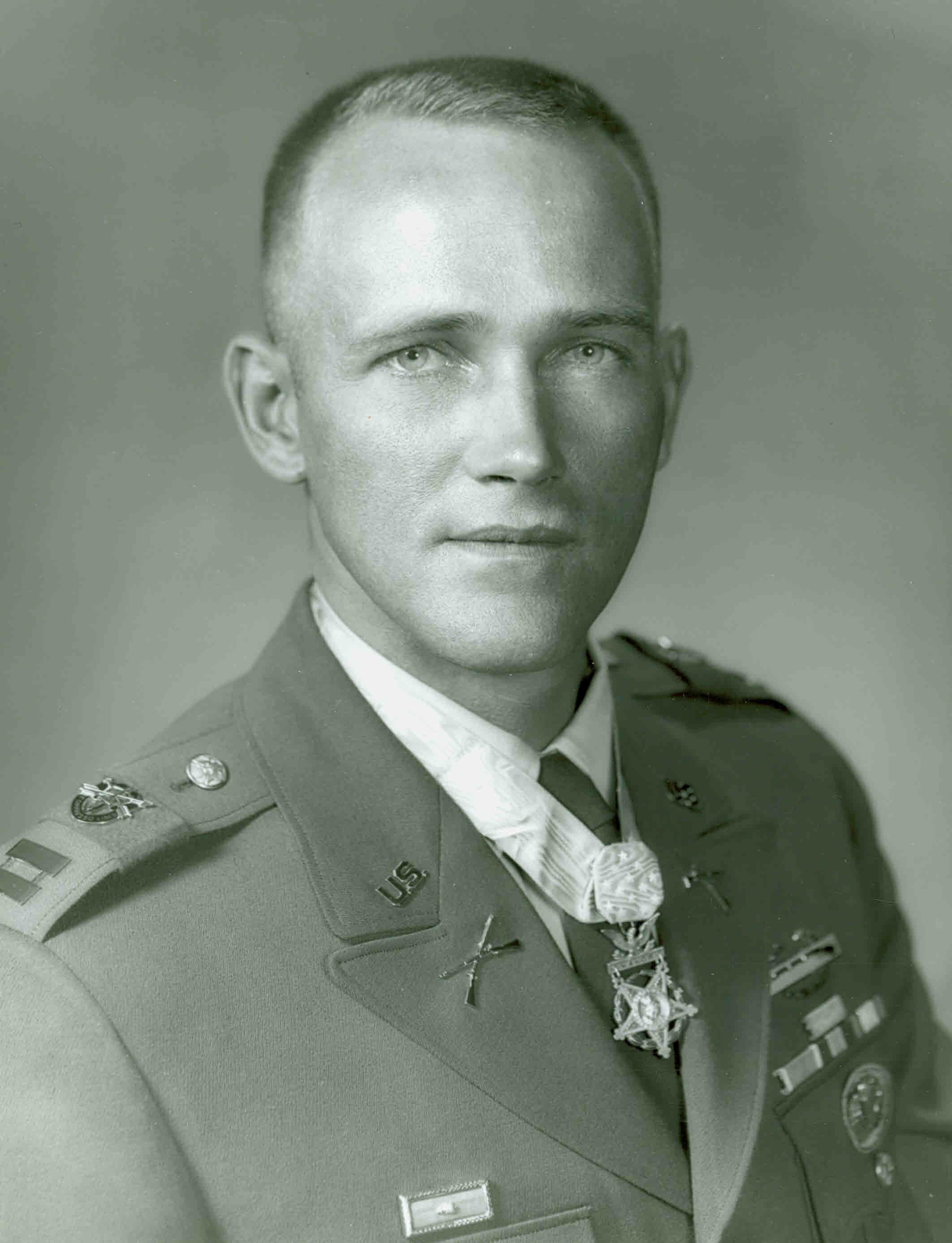1. 1933: The end of Prohibition

Photo: stlouispost

Photo: unitedliqourmarts
It was on this date in 1933 that the state of Utah became the 36th state to ratify the 21st amendment, which achieved the three-fourths majority, therefore ending what we know as Prohibition. Other states such as Ohio and Pennsylvania had ratified earlier that day to add to the majority. Prohibition had officially started January 29, 1920, which it made it illegal to “manufacture, sale, or transportation of intoxicating liquors for beverage purposes”. However, even though it was illegal, booze still was readily available in most areas if you knew the right person to ask. Organized crime flourished because they started bootlegging liquor to what they called “speakeasies”, which were saloons either underground or disguised as something else. This era brought us some of the most notorious criminals in U.S. history such as Al Capone. The U.S. government lost so much money in taxes that would’ve been paid on the liquor, some say into the billions, but also essentially “wasted” a small fortune funding the law enforcement programs needed to enforce Prohibition.
2. 1945: The mysterious disappearance of Flight 19 in the Bermuda Triangle

Photo: natgeotv
The Bermuda Triangle has countless stories attached to it where ships and airplanes just disappear without leaving a trace. But one of the most popular stories took place on this date in 1945 when a squadron of five U.S. Navy torpedo bombers vanished into thin air. It was known as Flight 19 and the bombers were scheduled to be on a three-hour training mission when the took off from the Ft. Lauderdale Naval Air Station in Florida. The leader of the squadron had been flying in the area for roughly six months prior to the disappearance, so he was familiar with the area. However, he reported two hours into the training flight that his compass and backup compass were malfunctioning and he was unsure exactly where he was. The other planes were having similar issues so they requested that radio facilities on land try and located their position. After two hours of going back and forth with terribly distorted radio transmissions, the squadron leader was heard calling out to his men to prepare to simultaneously ditch their aircraft due to lack of fuel. A search and rescue Mariner aircraft were dispatched with a 13 man crew right around this time headed towards the guesstimated area of the squadron. But it was never seen or heard from again either. So with the 13 men onboard the Mariner, and the 14 men of Flight 19, this became one of the largest search and rescue missions in the air and on the seas in U.S. history, covering thousands of square miles trying to locate the missing crew and aircraft. Not a trace was ever found.
3. 1964: Captain Roger Donlon received the first Medal of Honor from Vietnam War

Photo: stripes

Photo: armylive
Captain Roger Donlon became the first U.S. serviceman to receive the highly coveted Medal of Honor for his heroic actions displayed in Vietnam earlier in the year. President Lyndon B Johnson presented him with the medal on this date in 1964 for his “conspicuous gallantry, extraordinary heroism, and intrepidity at the risk of his own life above and beyond the call of duty.” Donlon was a member of a special forces team that was stationed at Camp Nam Dong when just after 2 a.m. on July 6th, they were ambushed by swarms of Viet Cong. According to reports, Donlon was shot in the stomach early in the battle, but rather than seek medical attention, he instead stuffed his handkerchief into the wound and kept on fighting. He was manning a mortar that was key to their survival so quitting wasn’t an option. He apparently was wounded at least three more times but just kept on throwing grenades and fighting any way he possibly could. Finally, the battle ended early that morning with more than 150 Viet Cong casualties and much more wounded, however, only two Americans had perished with seven left wounded. Donlon finally allowed himself to be medically evacuated to a hospital in Saigon where he spent the next month recovering.


